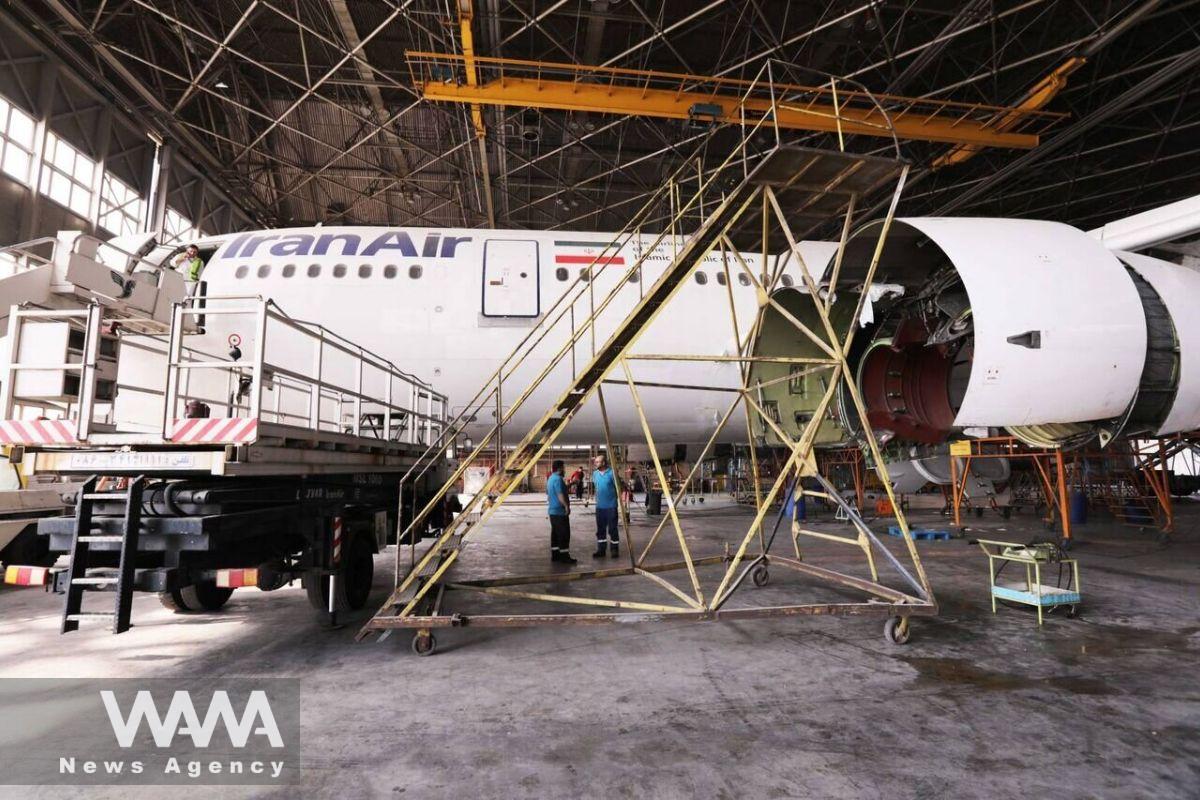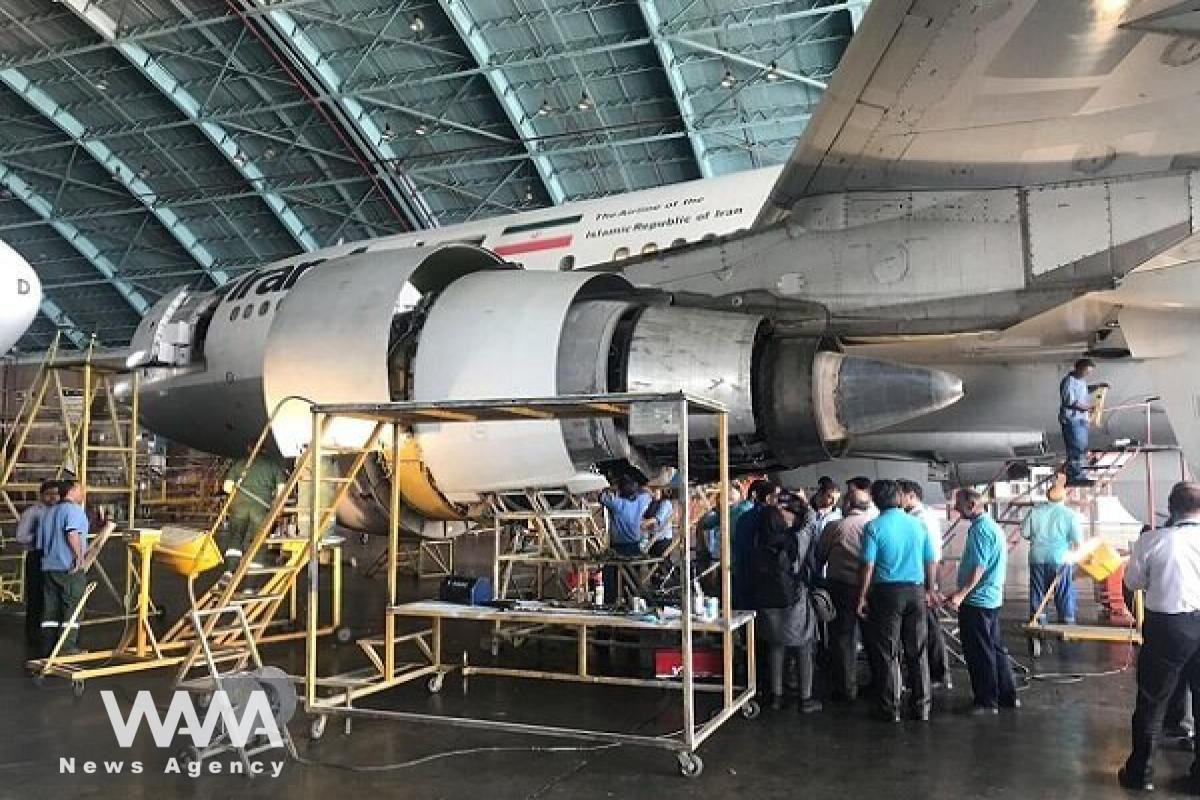WANA (Oct 12) – With the successful design and production of its first domestically built aircraft generator, Iran has joined the ranks of the ten countries in the world capable of manufacturing this critical aviation component — a system that powers aircraft interiors and engines during ground and flight operations.
Developed entirely by local engineers, the generator serves as the “electrical heartbeat” of the aircraft, supplying power to cockpit systems, navigation instruments, cabin lighting, ventilation units, and even passenger entertainment screens. When the aircraft is on the ground, it can also function as a Ground Power Unit (GPU), providing up to four hours of electricity for pre-flight system checks without the need to start the main engines.


WANA (Mar 02) – Iranian researchers have successfully developed an innovative smart coating to protect magnesium alloys from corrosion, a breakthrough that can significantly reduce aircraft weight and fuel consumption. Lightweight but Vulnerable Magnesium alloys are widely used in aerospace, automotive, medical, and electronic industries due to their high strength-to-weight ratio. However, their extreme […]
The unit produces electricity at a frequency of 400 hertz — eight times that of standard 50-hertz power grids — allowing it to maintain voltage stability in the aircraft’s highly sensitive systems. Its engineering design includes 84 stator slots and 16 rotor poles, a configuration that enhances magnetic balance and overall efficiency.
Constructed with high-strength Sika-45 steel and 99% pure copper wire as thin as 1.25 thousandths of a millimeter, the generator demonstrates high mechanical stability and electrical precision. It is compatible with standard 1,500 RPM motors, requiring no imported auxiliary systems.
The rotor’s dynamic balance — the most delicate stage of assembly — is calibrated to a tolerance of just 0.01 millimeters, ensuring vibration-free operation even at high rotational speeds. The product has been certified by the Civil Aviation Organization of Iran and has successfully completed over 300 hours of test flights across various aircraft types.

Economically, the Iranian generator costs 50–60% less than European models and up to 70% less than American equivalents, while offering a service life roughly three times longer than Chinese versions.
Currently in use at four airports across the country, the generator is set to replace foreign models at twelve additional airports under new production contracts. Experts view this as a milestone in Iran’s aerospace self-sufficiency — a move that not only reduces dependency on imports but also positions the country as a potential exporter of advanced aviation technologies.
By entering the global circle of nations capable of designing and producing aircraft power systems, Iran has taken a significant step toward technological independence and industrial resilience in its aviation sector.


WANA (May 1) – With the presence of the President of Iran in “The Mapna” company, the completely Iranian aircraft engine made by “Mapna” was successfully tested. Mr. Raisi also visited the all-Iranian advanced class F gas turbine for electricity production, whose advanced and high-tech parts are made by “Mapna” company, and the parts supply […]
